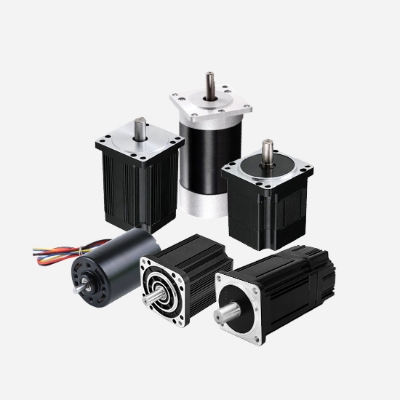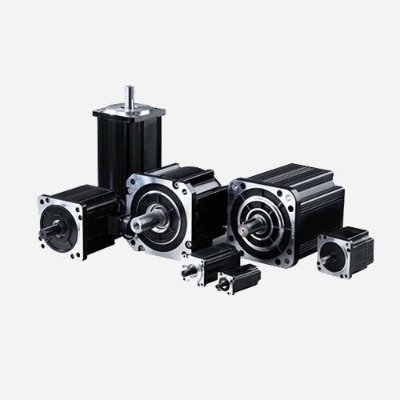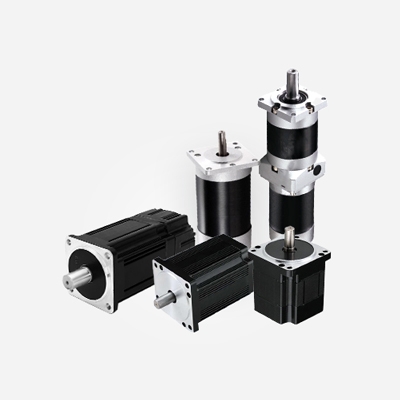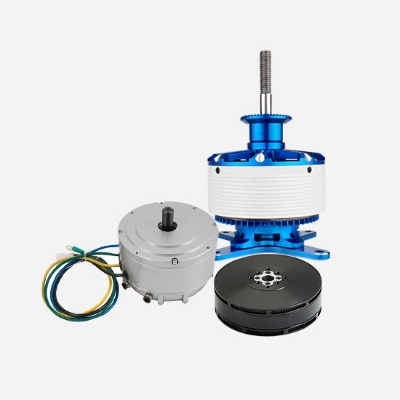In the realm of industrial automation, technological advancements have paved the way for increased efficiency, precision, and reliability. One such innovation that has garnered significant attention is the utilization of brushless gear motors. These sophisticated devices combine the benefits of brushless motor technology with the mechanical advantages of gear systems, offering a versatile solution for various automation applications. This article explores the features, advantages, and applications of brushless gear motors in industrial automation.

Brushless Gear Motor Technology:
Brushless motors have emerged as a transformative technology in industrial automation. Unlike their brushed counterparts, brushless motors operate without physical contact, thereby reducing wear and tear, minimizing maintenance requirements, and extending the motor's lifespan. In addition, brushless motors offer improved efficiency, higher torque density, and smoother operation, making them ideal for applications demanding precision and reliability.
Gear Systems in Automation:
Gear systems play a crucial role in industrial automation by enabling torque multiplication, speed reduction, and motion control. They are integral to many automated processes that require precise positioning and controlled movement. Traditional gear systems, however, may introduce friction and mechanical losses. Brushless gear motors offer a compelling solution by combining brushless motor technology with gear mechanisms.
Features of Brushless Gear Motors:
Brushless gear motors merge the advantages of brushless motors and gear systems to provide a comprehensive solution for industrial automation. Some notable features include:
- Enhanced Efficiency: The combination of brushless technology with gears reduces energy losses, resulting in higher overall efficiency and reduced operating costs.
- Precise Control: Brushless gear motors offer accurate speed and position control, crucial for applications requiring intricate movements and positioning.
- Compact Design: These motors often have a compact form factor, making them suitable for installations in tight spaces common in industrial environments.
- Reduced Noise and Vibration: The integration of gear systems can help dampen vibrations and noise, promoting a quieter and smoother operation.
- Extended Lifespan: By minimizing wear and reducing friction, brushless gear motors have a longer operational lifespan, resulting in decreased downtime and maintenance expenses.
Applications in Industrial Automation:
BLDC gear motors find a wide range of applications in industrial automation, including:
- Robotics: In robotic systems, brushless gear motors offer precise control of joint movements, enabling robots to perform intricate tasks with accuracy.
- Conveyor Systems: These motors are used to drive conveyor belts and control the flow of materials in manufacturing and logistics facilities.
- CNC Machinery: Brushless gear motors provide the required torque and precision for CNC machines, ensuring high-quality machining processes.
- Packaging and Labeling: Automation in packaging and labeling benefits from the controlled movements and high efficiency of brushless gear motors.
The integration of brushless motor technology with gear systems has led to the development of highly efficient and versatile brushless gear motors. These devices have become indispensable in the realm of industrial automation, providing precise control, enhanced efficiency, and extended lifespan. As technology continues to advance, brushless gear motors are poised to play an even more significant role in shaping the future of industrial automation, driving innovation and improving various processes across industries.




